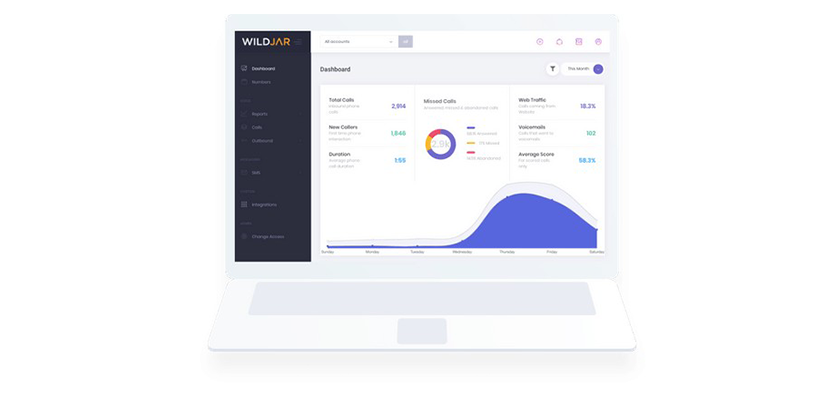What is a Martech Stack?
Marketing departments face increasing challenges in running successful campaigns. To demonstrate return on investment, gain valuable business insights from data, expand their reach, stay within budget, and outperform rivals, they must equip themselves with appropriate tools. Achieving these goals...

Marketing departments face increasing challenges in running successful campaigns.
To demonstrate return on investment, gain valuable business insights from data, expand their reach, stay within budget, and outperform rivals, they must equip themselves with appropriate tools. Achieving these goals manually is not feasible, so the selection of marketing technology, also known as a MarTech stack, is critical.
A MarTech stack refers to the collection of marketing technologies a company uses to plan, execute, and measure its marketing activities. It typically includes a combination of software, tools, and platforms that support various aspects of marketing, such as customer relationship management, call tracking from software like WildJar, email marketing, social media management, content creation, analytics, and automation. A MarTech stack allows marketers to streamline their workflows, improve efficiency, and generate better results. It is an essential investment for any modern marketing team that wants to stay competitive in a fast-paced digital landscape.
Why Do I Need a MarTech Stack?
If you’re running a business, you need a MarTech stack to help you execute your marketing strategy effectively. A MarTech stack can automate repetitive tasks, gather valuable data, provide insights, and streamline your workflow, allowing you to focus on developing creative and strategic campaigns. By integrating your MarTech stack with your CRM system, you can track leads and customer behaviour, segment your audience, and create personalised campaigns that convert.
How to build your MarTech stack?
 Source: WildJar
Source: WildJarBuilding a MarTech stack can seem like a daunting task, but following these steps can make the process more manageable:
Assess your needs: Start by identifying the marketing goals and challenges that your business faces. This will help you determine what features and capabilities you need in your MarTech stack. Research tools and platforms: There are hundreds of marketing tools available, so it’s crucial to do your research and identify the ones that meet your needs. Look for tools that are user-friendly, integrate with other tools in your stack, and have a track record of success. Prioritise tools: It’s unlikely that you’ll be able to afford or use every tool available. Prioritise the tools that will have the most significant impact on your marketing efforts and fit within your budget. Consider integrations: Your MarTech stack should be integrated with your CRM, sales, and other business systems to ensure seamless data flow and streamlined workflows. Test and iterate: As with any technology, it’s essential to test your MarTech stack and iterate as necessary. Be open to changing your stack as your business needs evolve and new technologies emerge. Train your team: Make sure your team understands how to use the tools in your MarTech stack effectively. Provide training and support to ensure they can get the most out of your investment.Overall, building a MarTech stack requires careful planning, research, and execution. But, with the right tools and approach, it can help you achieve your marketing goals and stay ahead of the competition.
MarTech Stack Essentials
A MarTech stack can be tailored to meet the specific needs of your business, but some essential tools and platforms include:
Customer Relationship Management (CRM) software: This tool helps you manage and track customer interactions and provides valuable data for your marketing efforts. Marketing automation software: This platform streamlines repetitive tasks, such as email campaigns, social media posting, and lead scoring. Content management system (CMS): A CMS enables you to create, manage, and publish content on your website and other channels. Social media management software: This tool helps you manage your social media accounts, schedule posts, track engagement, and analyse metrics. Analytics software: Analytics tools provide valuable insights into website traffic, campaign performance, and customer behaviour, allowing you to make data-driven decisions. Advertising platforms: Advertising platforms, such as Google Ads and Facebook Ads, enable you to create targeted ads and track their performance. SEO tools: Search engine optimization tools help you optimise your website for search engines and improve your online visibility. Call tracking software: This allows you to track where your lead is coming from, monitor the sales process, and increase revenue.These are just a few essential components of a MarTech stack. The tools you choose will depend on your business goals, budget, and marketing strategy. It’s essential to select tools that integrate well with each other to ensure seamless data flow and streamline workflows.
How Is the Technology Used in Marketing?
 Source: WildJar
Source: WildJar
 KickT
KickT 

































